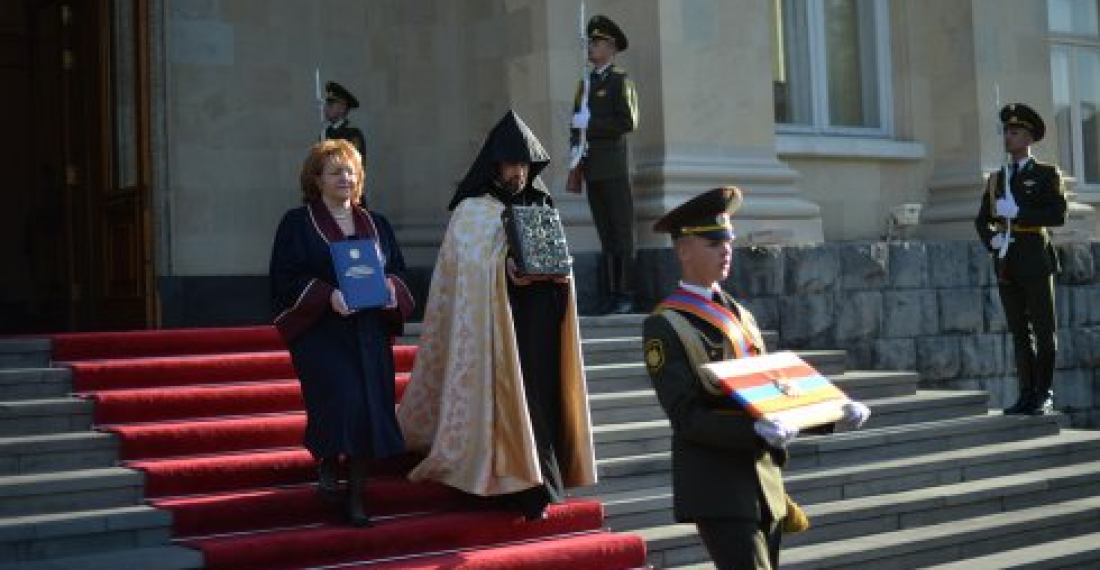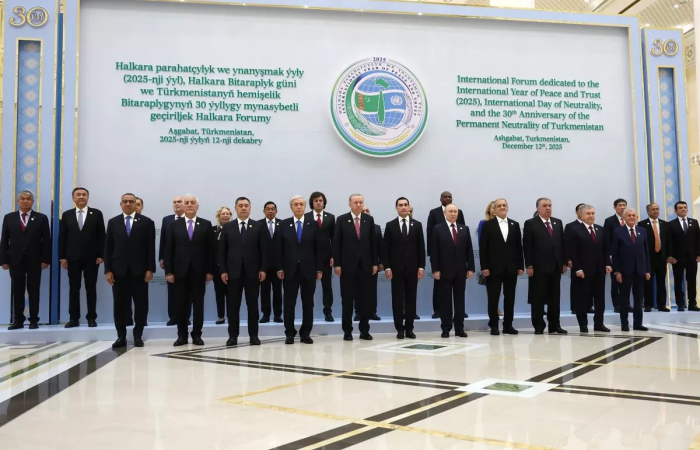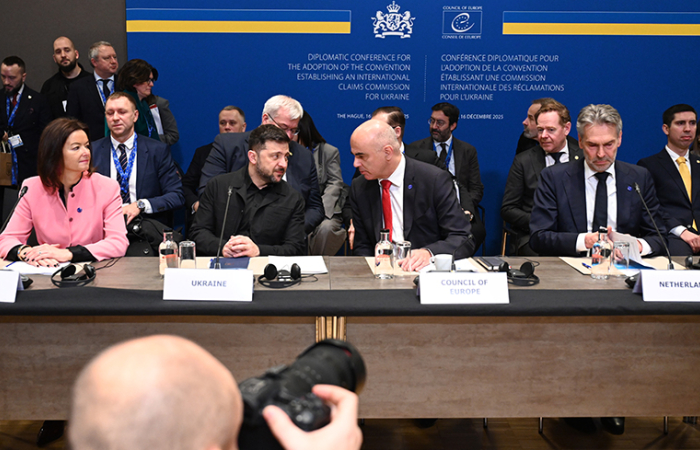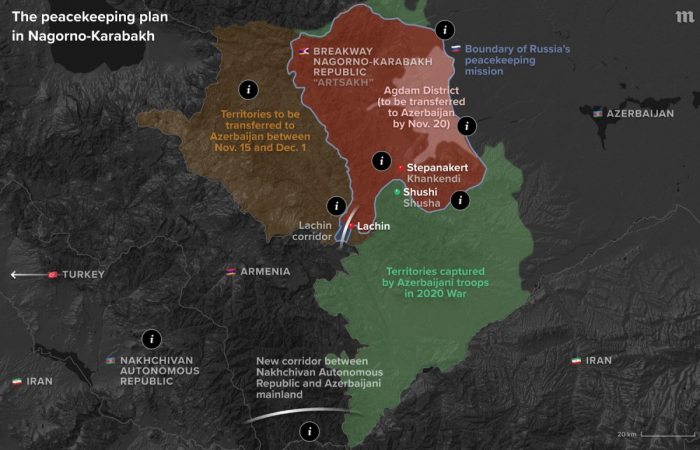Recent events in Armenia have raised many questions, but so far there are only answers to a few of them. Benyamin Poghosyan discusses the developments of the last few weeks in this analysis prepared for commonspace.eu
April 2018 was definitely a singularly important month in post-1991 Armenian history. The domestic political upheaval was so quick and unpredictable not only for vast majority of the population, but also for the political and expert community, that any efforts to assess the roots, reasons and implications of the process require time and multidisciplinary research. However, some preliminary conclusions can be drawn.
Background, Chronology, and some facts
At the end of March 2018 the ruling Republican Party proposed former President’s Serzh Sargsyan candidacy as Armenia’s new Prime Minister. In accordance with the December 2015 constitutional amendments, after April 9, 2018 the Prime Minister office is the most powerful position in the country, while the President has mostly ceremonial duties. While launching the Constitutional amendments process, in April 2014, Serzh Sargsyan publicly declared that he had no ambitions to be elected as Prime Minister if the Parliamentary model would be chosen; even more, he emphasized that no person should be the leader of the state more than two terms. However, the Republican Party, and not only, defended their proposal to appoint Sargsyan as Prime Minister on the basis of his experience in defense and security sphere, and the need for such experience given the challenges faced by Armenia. Since August 1993 Sargsyan has held different high level positions in Armenia - Minister of Defense, Minister of Interior, head of national security service, Prime Minister, and in 2008 – 2018 President of the Republic. Before August 1993 he was one of the leaders of the Nagorno Karabakh Republic.
Even before the official introduction of Serzh Sargsyan candidacy, different movements opposing this development started to emerge. On November 3, 2017 a front calling itself “For the Armenian State” was established, which included several small political parties and civic activists. According to the founding declaration, one of the main goals of the organization was the removal of incumbent authorities. On March 10, 2018 the front organized its first rally in downtown Yerevan calling to prevent Serzh Sargsyan’s election as Prime Minister. The leader of the Armenian protest movement, incumbent Prime Minister Nikol Pashinyan participated in the rally, though he did not make any speech.
Another organization was the initiative “Reject Serzh”. It was launched in late March, initially with the slogan “We will change”, but very quickly it was renamed. On April 4, 2018 the initiative made a call to political parties, civil society groups and the public in general, urging the use of peaceful, centralized and de-centralized actions, to prevent Serzh Sargsyan election as Prime Minister.
However, the main protest movement was “My step”, launched on March 31, 2018 by MP Nikol Pashinyan. Pashinyan had a long legacy of involvement in opposition movements since the mid 1990s while he was a student in Yerevan State University. In the period 1999 – 2012 Pashinyan was editor in chief of the daily “Armenian Times” (Haykakan Zhamanak) – the main opposition newspaper in Armenia. He was one of the key figures during the February 2008 political standoff, when Armenia’s first President Levon Ter Petrosyan was competing with Serzh Sargsyan in Presidential elections. Pashinyan was Ter Petrosyan supporter, and after the March 1, 2008 tragic events, during which ten person were been killed during an operation by the riot police to dispersed a rally of Ter Petrosyan supporters, he went underground, but voluntarily surrendered to police in July 2009, and was sentenced to seven years of imprisonment in January 2010. Pashinyan was freed from the jail in late May 2011 as a result of an amnesty declared by the National Assembly. He was elected MP in May 2012 from the Armenian National Congress bloc headed by Levon Ter Petrosyan. In 2015 he established the “Civic Contract” party, and in April 2017 was elected MP as a member of “Exit” bloc (“Civic Contract, “Bright Armenia” and “Republic” parties).
Pashinyan started his current movement from Armenia’s second city Gyumri, and during 13 days walked on foot approximately for over 200 km, visiting several Armenian cities, and urging people to thwart Serzh Sargsyan’s upcoming election. On April 13, Pashinyan reached Yerevan and organized the movement’s first, relatively small, rally. At that time the “My step” movement and the “Reject Serzh” initiative were joined, creating a broader movement with the slogan “Make a step – reject Serzh”. Pashinyan’s initial ideas were to encircle Parliament and not allow MPs to enter the building and participate in the special session to elect the prime minister scheduled for April 17.
Despite the protestors’ efforts, on April 17 Serzh Sargsyan was elected as Armenia’s new Prime Minister by Parliament. The building was defended by riot police, and some minor clashes occurred during which Pashinyan injured his hand. In the parliamentary vote Serzh Sargsyan was supported by the Republican and Dashnakcutyun parties, both members of ruling coalition. Some members of the opposition Tsarukyan bloc voted for him too. Tsarukyan is one of the wealthiest persons in Armenia, with alleged ties to the Armenian second President Robert Kocharyan. He was the leader of the ‘Prosperous Armenia” party which was in coalition with Republican Party from 2007-12. After the 2012 Parliamentary elections “Prosperous Armenia” left the coalition. Tsarukyan was forced to leave politics by Serzh Sarsgyan in February 2015, as his party was opposing the Constitutional amendments aimed to transform Armenia into a Parliamentary Republic. However, he returned, prior to the April 2017 Parliamentary elections and won the second place in parliament with 31 MPs from 105.
However, Serzh Sargsyan was able to hold the Prime Minister position only for 6 days. On April 23 he was forced to resign by the growing street-protest movement led by Pashinyan. Immediately after Sargsyan resignation, Dashnakcutyun left the ruling coalition. Both Dashnakcutyun and Tsarukyan bloc supported subsequently Nikol Pashinyan candidacy as a new Prime Minister of Armenia.
On May 1, 2018 Pashinyan failed to be elected as Prime Minister since he did not receive enough support in parliament. Only one member of Republican Party voted for him, while he needed at least 8 votes to receive the minimum of 53 votes). After the first vote both Dashnakcutyun and Tsarukyan bloc reiterated their support for Pashinyan for May 8 second vote in the parliament.
The day of May 2 saw the biggest protests ever in Armenia, when not only Yerevan but other cities, were virtually paralyzed by strikes and rallies. According to the Armenia’s constitution Parliament has only two chances to elect a Prime Minister, otherwise Parliament should be dissolved, and snap elections organized within 30-45 days. In this situation, on evening of May 2 the Republican Party decided to give Pashinyan the necessary votes to enable him to be elected as prime minister. On May 8, Pashinyan was elected as the new Armenian Prime Minister and formed his government. The representatives of “Civic Contract”, “Bright Armenia”, “Tsarukyan bloc” and “Dashnakcutyun” parties received ministerial posts.
Many questions, few answers
The key reason for the success of the protest movement was the rejection by the vast majority of the Armenian population of the idea of one man’s indefinite rule as a head of the country. In this case, Armenian political culture is different when compared to other post-soviet states like Azerbaijan, Kazakhstan, Turkmenistan, Uzbekistan, and even Russia and Belarus, where, though due to the different reasons, at least some part of the population accepts the notion of one man’s indefinite rule.
However, the reasons behind Serzh Sargsyan decision to accept to be nominated as Prime Minister are not clear. In 2014-2015, the main narrative in Armenia was focused on the idea that after April 2018 Serzh Sargsyan will keep only the position of head of the ruling Republican Party, emulating the system established in Georgia after Bidzina Ivanishvili left the post of the Prime Minister in late 2013. Most probably, if the Republican Party nominated another candidate as Prime Minister in April 2018, it would have been much more difficult to trigger a widespread protest movement.
Another issue is the relatively soft reaction of the authorities during the first days of the rallies in Yerevan. On April 14, Pashinyan with his supporters entered the Public Radio building, demanding the right to live broadcast. Public Radio is under the state protection, and the authorities had an opportunity to use this incident to launch a crackdown.
Another debated topic was Serzh Sargsyan decision to accept Pashinyan’s demand, and agree to negotiate with him in front of the media at a meeting in the Marriot Armenia Hotel on the morning of April 22, an event that was broadcast live on TV stations. Serzh Sargsyan was never comfortable in front of the cameras, and preferred discussions behind the closed doors. Serzh Sargsyan decision to leave the negotiations after 3 minutes, uttering thinly veiled threats to use force against protestors, and the almost immediate arrest of Pashinyan and two other MPs, triggered a huge demonstrations in downtown Yerevan in the evening of April 22, and resulted in Sargsyan resignation on April 23.
The text of resignation letter has also raised some questions, especially Sargsyan’s words “Nikol Pashinyan was right, and I was wrong”. This phrase was widely used by the opposition after the April 23 to discredit any attempts by the Republican Party to promote its own candidate, among them acting Prime Minister Karen Karapetyan, for the post of Prime Minister.
Karapetyan was Mayor of Yerevan in 2010 – 2011 and then held high positions in Russian Gazprom. He was appointed as Prime Minister in September 2016, and made some radical changes in the Government, removing some figures with very low popularity among the population. Karapetyan entered the Republican Party in November 2016, was elected as the first deputy chairman in January 2017, and played a key role in securing Republicans victory during the April 2017 Parliamentary elections. Karapetyan kept the position of Prime Minister until April 2018, and was perceived as a strong candidate to become Prime Minister, but due to the Serzh Sargsyan decision to take that position, he was appointed as the first Vice Prime Minister a day after Serzh Sargsyan election, on April 18, 2018.
After Sargsyan resignation Karapetyan assumed the role of acting Prime Minister and made some steps to try to secure the position of Prime Minister on a more permanent basis. He twice, on April 25 and 27, cancelled negotiations with Pashinyan, and tried to secure Russian support. On April 26, Russian President Vladimir Putin spoke with Karapetyan, a development which in Armenia was perceived as a sign of Russian support. However, despite Karapetyan’s efforts he failed to garner enough support within Armenian society, and according to some sources, even within the Republican Party.
The April-May 2018 events in Armenia proved that modern digital technology – including widespread use of social media, live broadcast of rallies via Internet TVs and Facebook, and political technologies and methods, including the use of network centered activities, simultaneous civil, peaceful disobedience actions by relatively small groups in different locations, are effective tools in challenging hybrid regimes with lack of legitimacy and overly dependent on soft authoritarianism. Not surprisingly during anti-Putin protests held in Russia on May 5, some demonstrators were holding Armenian flags.
As for future developments, most probably Armenia will face snap parliamentary elections either in autumn 2018 or spring 2019. Any substantial change in Armenian foreign policy is unlikely, but Pashinyan has the necessary popular support to launch substantial domestic reforms.
source: This analysis was prepared for commonspace.eu by Dr. Benyamin Poghosyan, Executive Director of the Political Science Association of Armenia.
Analytical pieces are based on research and opinion of the authors, and do not necessarily reflect the position of commonspace.eu or its partners
photo: Armenia's symbols of state being transported to the country's parliament on 9 April 2018, ahead of the swearing-in of a new president that was meant to mark the final stage of a long constitutional transition






